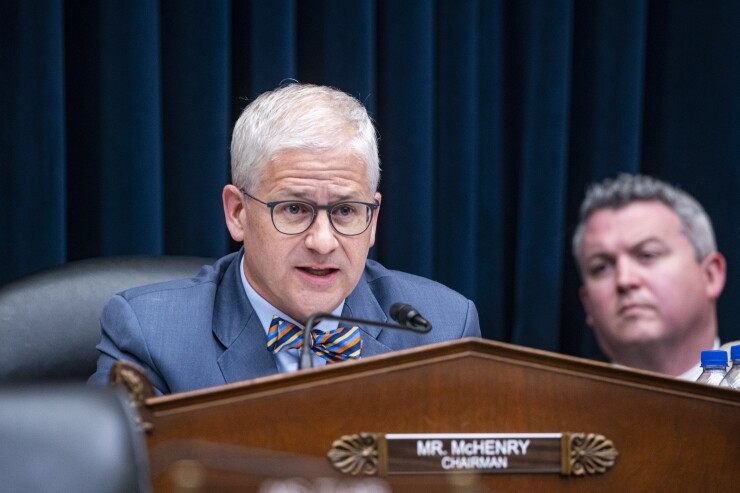Section 8 single-family rentals: An overlooked investor asset class
- Details
- Created: Monday, 22 July 2024 15:27
- Written by Cade Thompson
One of the most heart-wrenching problems in America today is the lack of affordable housing. According to
in order to buy a median-priced home in close to half of the United States. That's driving a surge in rental demand among those who are priced out of the housing market, but the
As organizations like the
Demand for affordable SFRs exceeds supply
The U.S. Department of Housing and Urban Development launched the HCV program to help very low-income families and others
Approximately
Combating misconceptions
What's holding them back? Since the 2008 financial crisis, they have stayed especially close to their comfort zone (e.g., single family homes with borrower FICO scores of 740), avoiding the risks of the unknown. They may also harbor many common misperceptions about the HCV/SFR space affecting their potential yields, such as:
- Tenants will pay rents late: To the contrary, the U.S. government directly deposits 70% of their rent each month into operating accounts. Tenants are dependable payers of the rest because they lose their vouchers otherwise.
- Many tenants will cause problems that lead to eviction: Actually, their
average residence in these properties is 10 years . - Investors will be supporting slumlords: To the contrary, this is institutional investors' opportunity to support HUD's intention of making quality homes available to everyone. This kind of housing in workforce areas attracts tenants who take care of the properties so they can stay in them.
Tackling complexity
To be sure, SFRs involving HCV renters have many "moving parts" that need oversight — especially when institutional investors have a stake in 1,000 or more rentals. But even with paperwork continually changing hands between HUD, authorized housing agencies, landlords, tenants, property owners, and servicers, this initiative is highly doable. The institutional investment industry is already accomplishing similar feats with other big portfolios of assets, such as Ginnie Mae Early Buyouts.
Combined with expert insights from trained professionals, they're using technologies like AI and blockchain to scale and streamline key processes like sourcing, asset surveillance, reporting and analytics, governance and controls, and default management, and reduce inefficiencies and errors that drive down pricing and yields. Now they're ready to replicate their success in this emerging area.
It's just a matter of institutional investors saying yes. Yes to the truth that no matter how many steps removed they are from the rental process, they are vital to helping everyone lead a productive, fulfilling life in a comfortable home.
 Witnesses from companies across financial services and housing, including a credit union and a core
Witnesses from companies across financial services and housing, including a credit union and a core